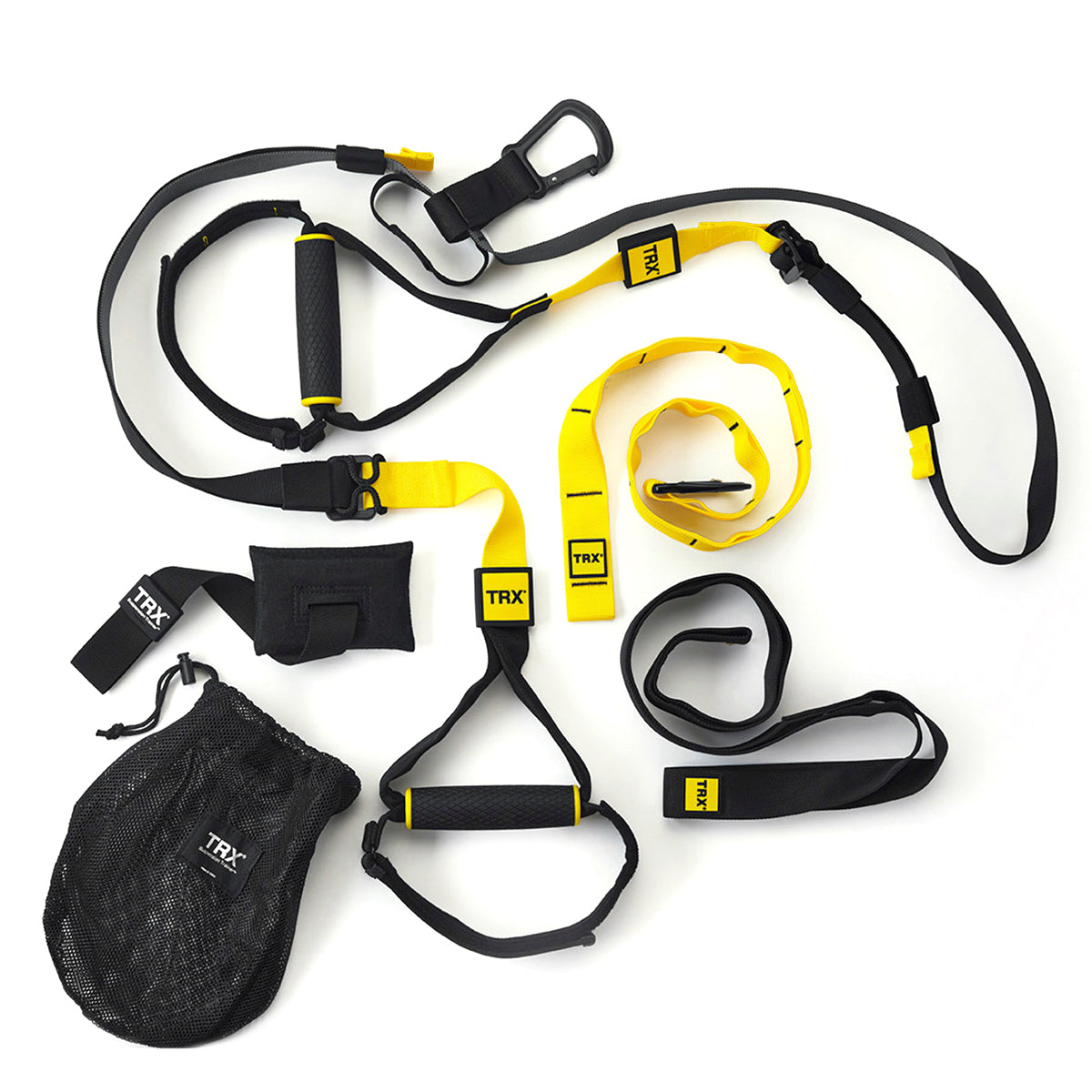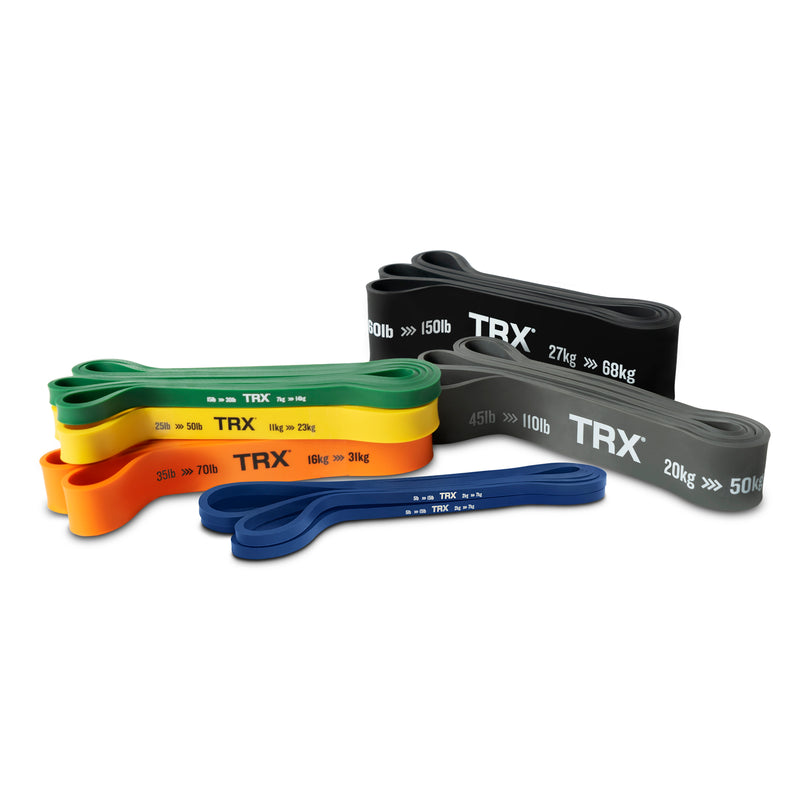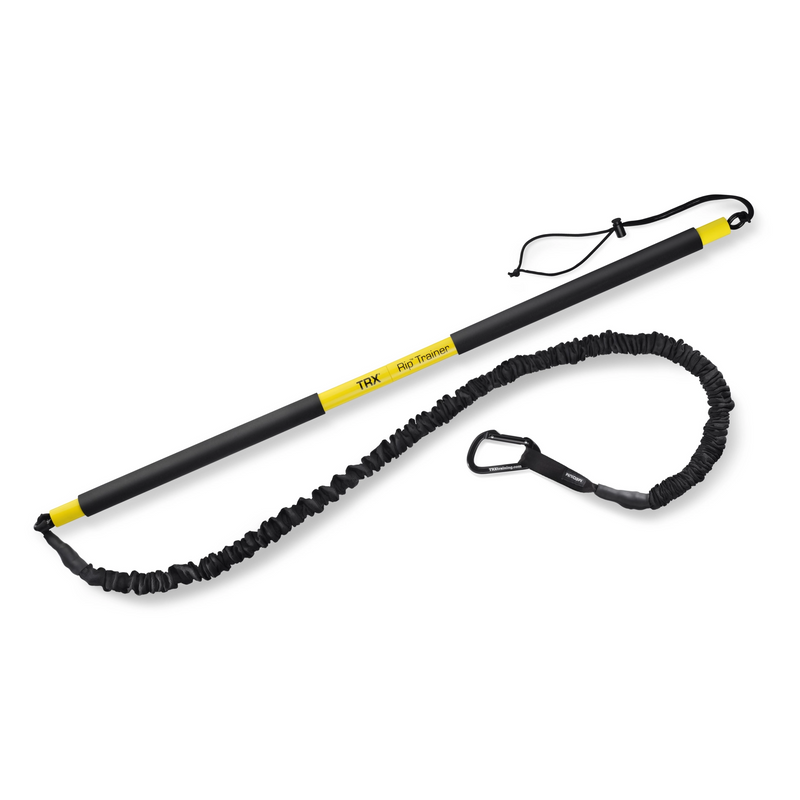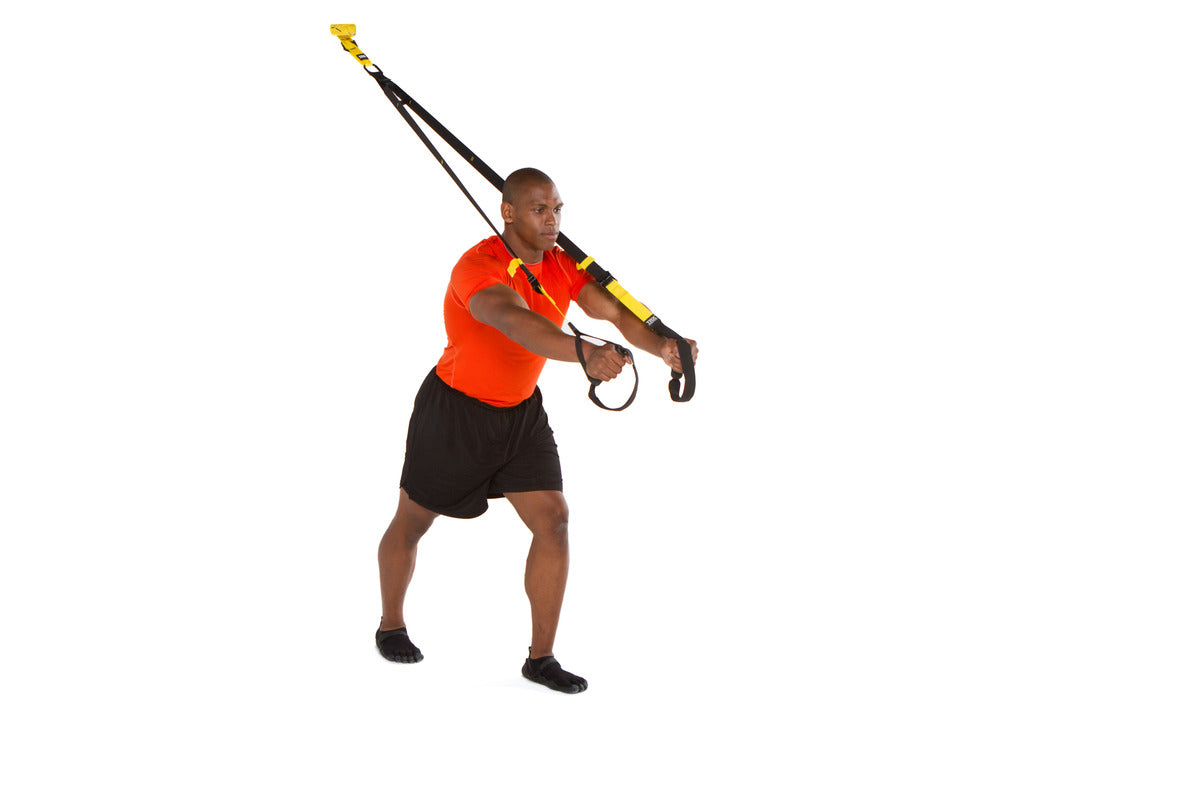Golf might appear to be a relatively low-risk sport since it's low-impact and non-contact. However, frequent golfers know it brings its share of unique discomforts. While acute injuries like sprains and strains can occur in golf, they're less common compared to high-impact sports.
More prevalent are injuries stemming from repetitive motions, incorrect mechanics, or initially unnoticed soft tissue tears that worsen over time with repetitive stress.
What Makes Up a Golf Swing?
The golf swing involves a complex movement that engages the entire body, coiling from the ankles to the neck and then unwinding to hit the ball. Many golf injuries stem from repetitive incorrect swings over time. Among the most prevalent injuries in golf are sprains and strains, which can cause inflammation in the joints, muscles, or connective tissue essential for executing the swing.
Related: TRX for Golf (TRX Golf Swing)
The Most Common Golf Injuries
1. Tennis Elbow
Tennis elbow, medically termed lateral epicondylitis, results from repetitive strain and leads to inflammation or degeneration of the tendons located on the outer side of the forearm. These tendons are responsible for facilitating hand extension and lifting movements.
2. Golfer's Elbow
Medically referred to as medial epicondylitis, golfer's elbow occurs due to inflammation and discomfort at the point where the tendons and muscles of the forearm attach to the bone, resulting in inner elbow pain. The severity of the pain from golfer’s elbow can vary from mild to intense and could significantly affect one's ability to participate in the sport if not managed effectively. Although this injury can stem from sudden impacts, it commonly arises in golfers due to the repetitive strain exerted on the forearm tendons during swings and strokes.
3. Back Strains
Doctors categorize a strain as damage to a muscle or tendon, encompassing everything from an overextended tendon or muscle fiber to a full tear or rupture. Athletes engaged in contact sports face a heightened risk of strains. Muscle strain ranks among the most prevalent athletic injuries, occurring when a muscle is stretched beyond its typical range of motion or when it is subjected to a load exceeding its strength capacity.
4. Tendonitis
Tendinitis refers to the inflammation of the robust fibrous cords that connect muscles to bones, known as tendons. This inflammation leads to pain and tenderness in the vicinity of a joint.
While tendinitis can affect any tendon, it predominantly occurs around areas such as the shoulders, elbows, wrists, knees, and heels. Treatment for tendinitis typically involves rest, physical therapy, and medication to alleviate pain. Prolonged inflammation of a tendon can result in a tear, which may require surgical intervention.
5. Rotator Cuff Tendinitis
Similar to the lower back, the rotator cuff undergoes constant strain during each golf swing, leading to potential issues like micro-tears, bursitis, and complete ruptures in the soft tissue group. Those affected by rotator cuff injuries often report lingering pain post-golf, accompanied by feelings of weakness and difficulty in raising their arms overhead due to discomfort and limited range of motion.
How to Prevent These Golf Injuries
Engaging in a regular exercise regimen is crucial for preventing future injuries in golf. Regardless of individual strengths and weaknesses, every golfer can benefit from the following steps to minimize the risk of injuries:
Do Some Warm-up Swings to Get Ready
When it comes to preventing some injuries, it is absolutely necessary to perform a comprehensive warm-up before each round of golf. Set aside some time for stretching and warm-up exercises, and then proceed to hit a few practice balls on the driving range in order to get your muscles and joints ready for the game that is about to begin.
Maintain an Active Lifestyle
Maintaining an active lifestyle between golf rounds is crucial for keeping your joints flexible and your muscles robust. In contrast, a sedentary lifestyle can lead to tighter muscles and joints, increasing the risk of injuries. Incorporating TRX Workouts for golfers into your routine can benefit overall fitness and injury prevention.
Try Mobility Exercises
Maintaining mobility in important regions such as the hips, back, ankles, neck, and shoulders is essential for golfers. Others include the shoulders. It is possible for the body to overcompensate when there is insufficient mobility in certain areas, which might increase the likelihood of injury. Through the incorporation of stretching, strengthening, and flexibility exercises into your routine, you may improve and maintain your mobility and stability.
Using TRX For Golf Strength Training
Playing golf demands a blend of strength, flexibility, timing, balance, power, and endurance. To ensure that your golf training program caters to all these aspects of fitness, it's essential to choose a method that is both efficient and effective in addressing these needs. TRX suspension trainers have become increasingly popular due to its effectiveness in improving strength, stability, and mobility. This makes it a valuable resource for golfers seeking to elevate their performance.
Final Thoughts
Golf may seem low-risk, yet repetitive actions and poor mechanics can cause injury. Common golf injuries can be avoided with good warm-ups, an active lifestyle, and mobility and stability exercises. Golf strength training using TRX suspension training improves strength, stability, and mobility for optimal play. Golfers can reduce injury risk and improve their game by addressing these issues and taking preventive measures.






